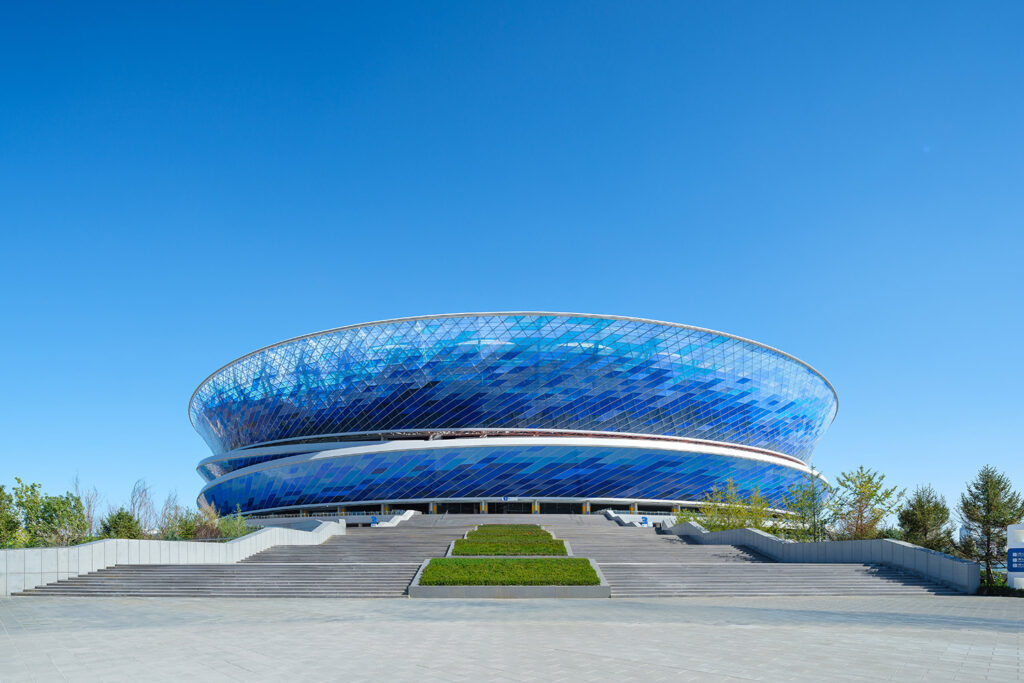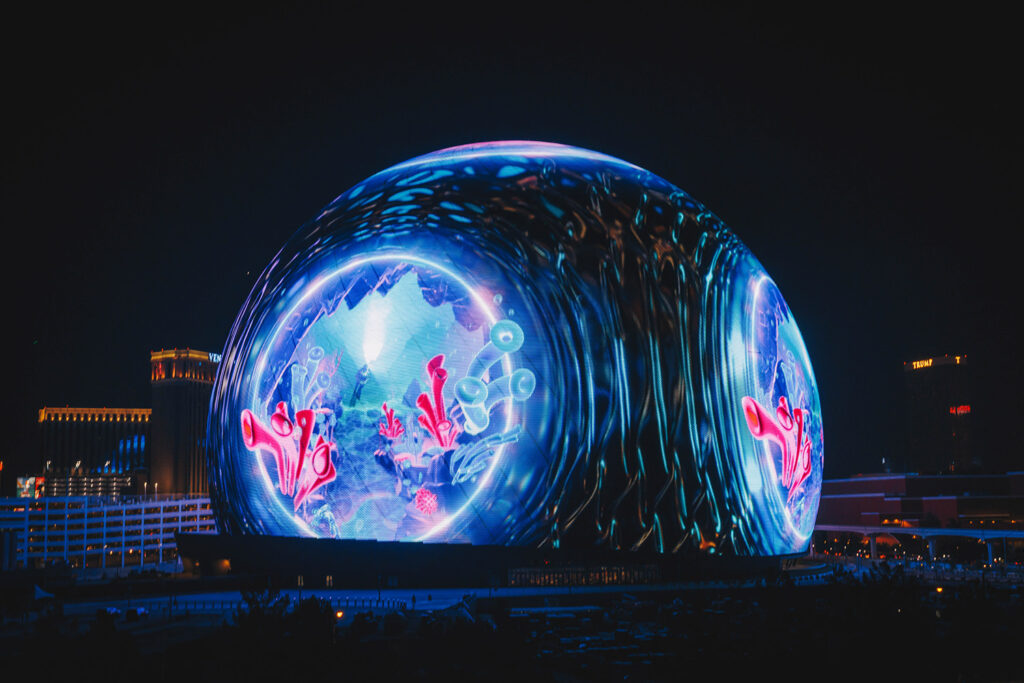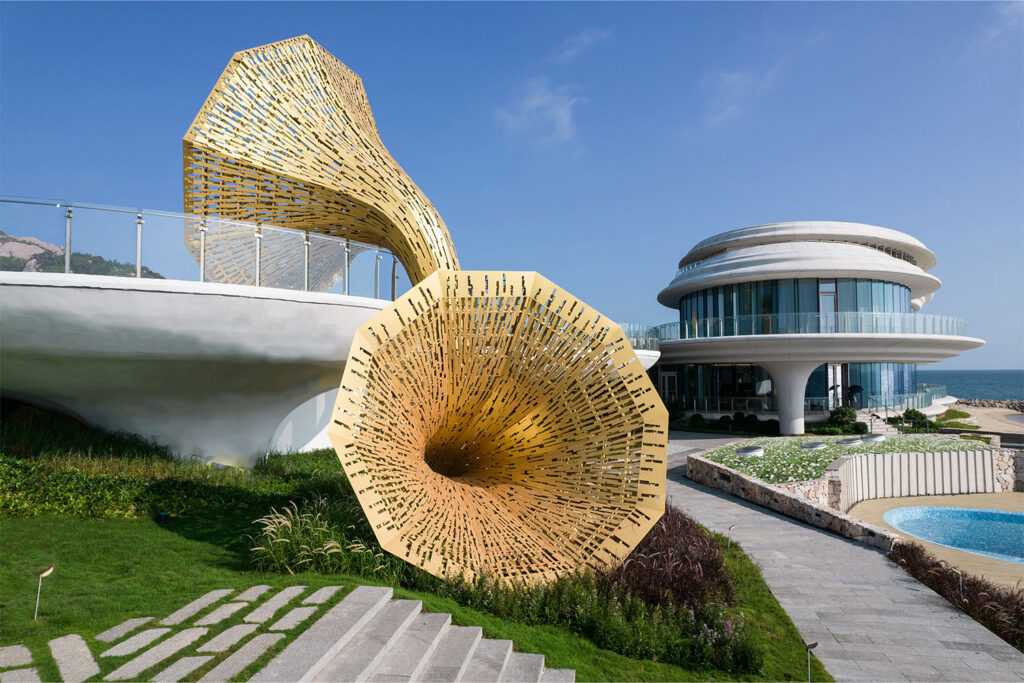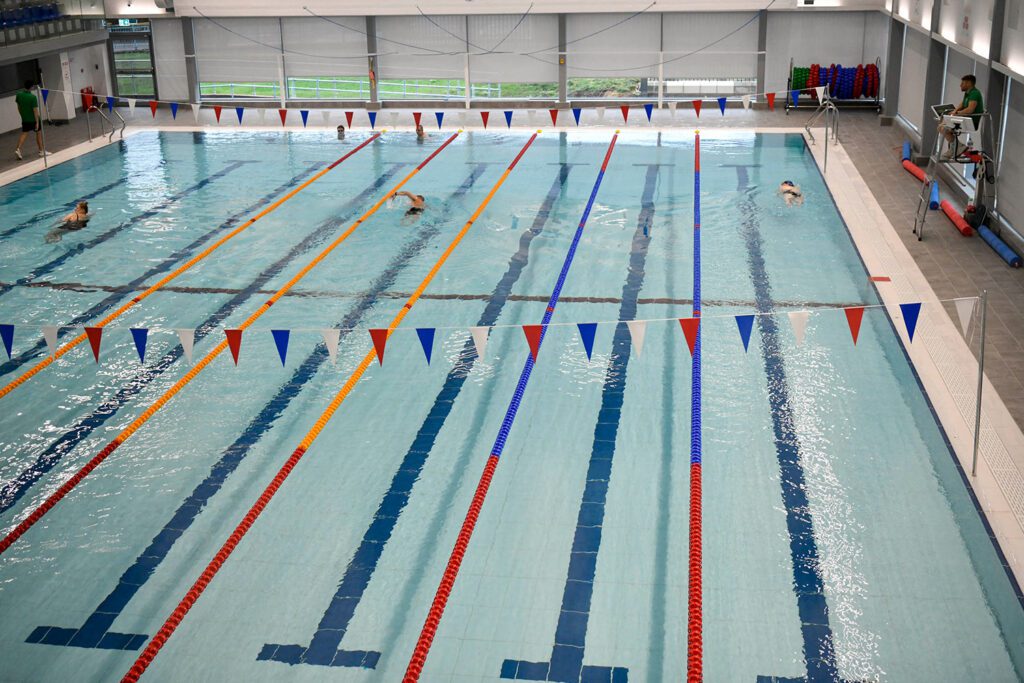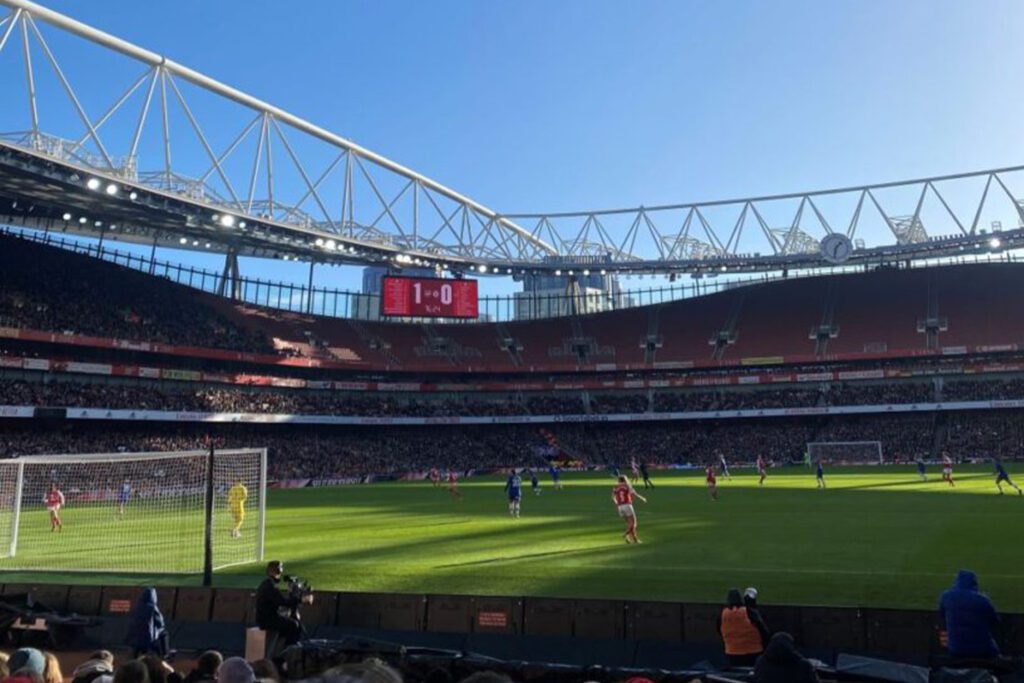Five lessons from the recent World Cup
This summer’s World Cup has been described as ‘gripping’, ‘thrilling’ and the ‘best ever World Cup’ – I certainly enjoyed it. As Buro Happold’s Sports Sector Leader, I’ve been asked a few times what I think we could learn from it. So here are my main takeaways from the event.
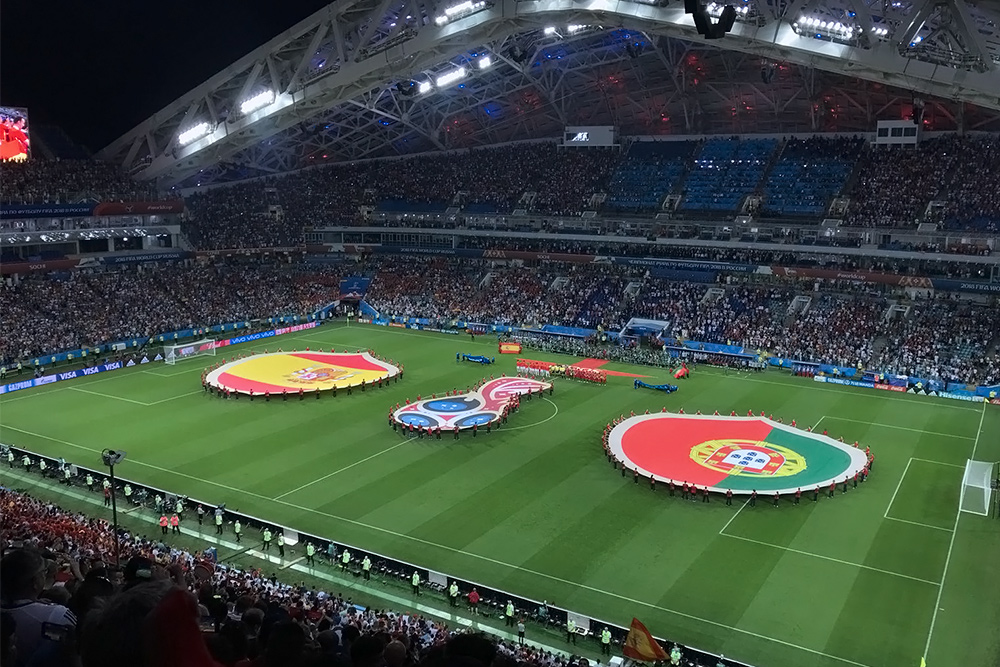
1. Start with the legacy rather than the event
When you’re planning for a major event like the World Cup or the Olympics (and we’ve worked on both), it’s important to design for the legacy. Consider the long-term business case first, rather than just the few days of a major event.
- No legacy? Build temporary.
- Single sport legacy? Design for that sport and overlay.
- Mixed-use legacy? Design for adaptability rather than one size fits all.
The Fisht Stadium in Sochi is a great example of this: first built for the 2014 Winter Olympics, it has since become the winter home of Russian football. And this summer we saw it repurposed for the World Cup, where it was admired as one of the best stadia.
2. Think about how you can make a stadium distinctive from the inside and the outside
The roof of the Fisht Stadium was designed for that specific location and allows views of the stunning landscape around it. The stadium’s structure reflects the form of the nearby sea and mountains, as well as being a great example of Russian heroism style. The fans could see this and know where they were, rather than feel they could be anywhere, in an identikit stadium.
But watching the World Cup on TV, most of the stadia used such a ubiquitous seating bowl layout you couldn’t tell which stadium you were actually seeing a game in. With the event overlay (the temporary additions made to a venue so it can host a particular event), I struggled to recognise the Fisht Stadium, even though I had helped design it!
3. Remember that events like the World Cup mean designing for spectators as well as fans
Something I noticed this year was how frequently the TV cameras picked up shots of people on their phones at the matches. It’s probably not surprising because not all the spectators are fans at events like these, and many want to share their experiences as they happen. This is very different to what happens currently at club soccer level, and it should be taken into consideration during the design – otherwise, one or other type of spectator is going to be disappointed.
4. Analyse how each stadium performed
A real passion and area of expertise for Buro Happold is venue performance. In the wake of the World Cup, we need to use our computational expertise to examine how the bowls performed as venues. How did the fans find them? And the players? Did the stadia influence the games and results? That’s exactly what we are looking at now.
Many people are saying that the quality of football is what made this the best World Cup ever. It would be fascinating to explore how much the venues contributed to this, so that we can learn for future World Cups.
5. Keep exploring safe standing
It was interesting to see how many fans stood all the way through the matches. For the World Cup, stadia have to be all-seater, but hardcore fans generally want to stand. And when they stand, the people behind them have to stand, too, if they want to see the action on the pitch.
Safe standing is an issue Buro Happold has been researching recently – and our analytics and the insights they have helped generate have been used to move the debate forward. Let the 5% of fans who want to stand, stand – and design the venue so they can do this safely and without compromising the views for others.
It would be great to apply this research to the next World Cup, resulting in stadia that offer fans and players the best possible experience.
If you haven’t yet taken our fan survey, we’d love to know what you think makes a great stadium. Take part via: https://buro.im/2Mu1mjd

